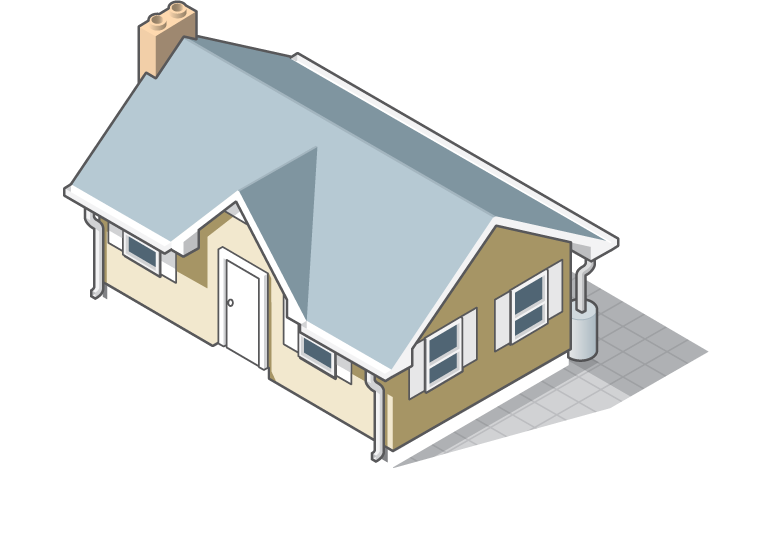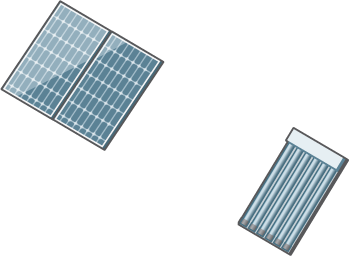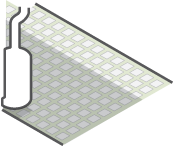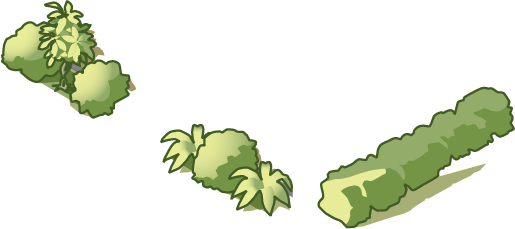
Landscaping
Plants and Trees
Plants native to your region will thrive with the least amount of maintenance, while keeping invasive species out of local habitats. Native plants require less irrigation, fertilizer and pesticides, causing less environmental pollution and reducing homeowner expenses.
Deciduous trees provide shade in summer and let in light in winter, and can act as wind barriers.
Permeable Pavement
Imagine looking down on a cityscape from a plane. You would likely note that a high percentage of the land is covered by impermeable surfaces: streets, parking lots, sidewalks, driveways, and rooftops. Instead of percolating into the ground, the majority of rain lands on these impermeable surfaces and flows into storm water sewers, picking up pollutants like motor oil, anti-freeze, and pesticides as it goes.
Conventional Pavement
• Removes water from site
• Promotes flooding
• Requires expensive storm water infrastructure
• Concentrates pollutants into waterways, where they cannot be completely broken down
• Contributes indirectly to the destruction of riparian habitat
Permeable Pavement
• Recharges local aquifers
• Reduces flooding
• Reduces need for expensive stormwater infrastructure
• Large surface area allows pollutants to be broken down naturally
• Contributes indirectly to healthy riparian habitat
Rainwater Collection
Rainwater harvesting reduces the need for imported water from the Sierras, the Delta, underground aquifers, and other sources. This conserves water for fisheries, wildlife, agriculture, and essential human needs.
Rainwater is a superior water source for irrigation. The pH is slightly acid to almost neutral, so plants love it. Rainwater has neither dissolved minerals from the soil, nor chemicals from water treatment plants.
Rainwater harvesting saves energy associated with delivering water from
distant reservoirs and treating it to drinking water standards.
Rainwater harvesting reduces stormwater runoff, which cuts down on erosion and reduces non-point source pollution. It protects our creeks, rivers, and estuaries from lawn fertilizer and pesticides, car oil, trash, and other pollutants that get washed into storm drains.
Last but not least, you can reduce your water bill.
More topics:

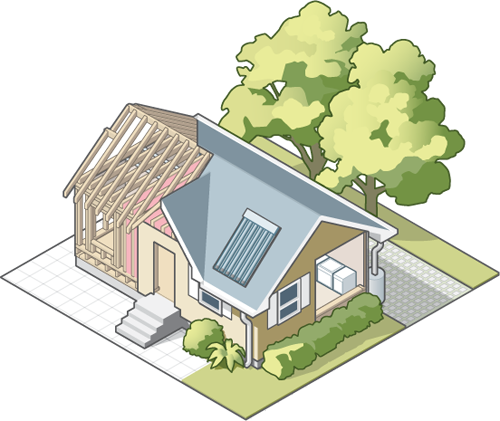
About This Project
This project was researched, designed and coded by Phil Loubere and Jordan Kennedy in Middle Tennessee State University’s School of Journalism, Visual Communication concentration.



